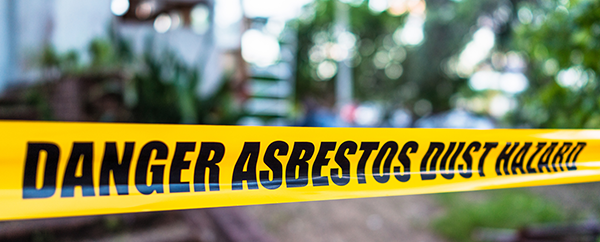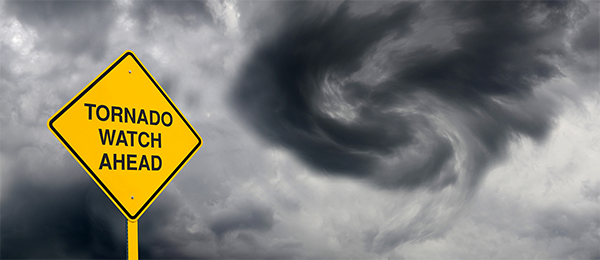Best practices to safely handle asbestos Once heavily used in construction, manufacturing and other industries, asbestos was declared unsafe in 1970, when it became heavily regulated. However, asbestos remains in many buildings and items. For this reason, we’re providing you with best practices to safely handle asbestos. It’s important to know the safety procedures for… Read More
workplace safety
Best practices for managing a remote workforce
Working Together While Working Apart: Managing a Remote Workforce Many tribes and tribal enterprises are evaluating approaches for return-to-work efforts and their related safety considerations. As many of these approaches utilize a gradual, phased approach, returning the entire team to “business as usual” probably won’t be an option for awhile. Remote work will continue to… Read More
What you need to know about the new coronavirus, COVID-19
Tribal precautions for coronavirus COVID-19 As the spread of the new coronavirus, or COVID-19, continues to develop, it is important to stay calm and informed. Please review the following information carefully to make sure you’re taking the right steps for your employees, volunteers, and clients. Please don’t hesitate to reach out to your broker or… Read More
Help your tribal entity create a fire prevention and protection plan
Add a fire prevention and protection plan to your risk management Fire rates near the top of a list of the greatest hazards that a business can experience. Each year, several thousand lives are lost to fires, tens of thousands of people are seriously injured, and billions of dollars in property is destroyed or damaged… Read More
Do you have personal and business emergency plans in place?
It’s National Preparedness Month: Make emergency plans for home and business September is National Preparedness Month. Sponsored by FEMA (Federal Emergency Management Agency), National Preparedness Month reminds us to create emergency plans for our homes, businesses, schools, and communities – whether natural or man-made disasters. We recommend you make a list as to what preparation… Read More
Tribal workplace substance abuse
How can tribal employers curb the risk of workplace substance abuse? There’s no doubt that tribal workplace substance abuse on the part of your workers impacts employee safety along with the number and frequency of workers’ benefit claims. But there are steps you can take to curb these incidents and lower your risk of claims… Read More
Funnel these tornado safety tips to your employees and clients
Twister season has begun, so we’re providing a list of tornado safety tips for you, that you can also pass along to employees and clients. Officially, the season is March – June, but in actuality, twisters can occur in just about any month. If you’re a numbers lover, here are a few stats for you:… Read More
How to protect the outdoor winter safety of your workers
Outdoor winter safety: Prepare your outdoor workers If you have employees working outside during cold winter months, you know how crucial it is that they’re prepared for freezing temperatures and their accompanying hazards. We’ve prepared a list of outdoor winter safety tips, provided by OSHA, including how to recognize freezing effects such as hypothermia, frostbite… Read More
13 ways to enhance your personal safety via situational awareness
Use these 13 situational awareness tips to increase your personal safety A new year is often a time of taking stock: re-evaluating one’s accomplishments, goals, and personal habits – both the good, and the bad. While many choose to reaffirm their commitment to a healthy lifestyle, many overlook the flip side of the same coin:… Read More
31 restaurant fire prevention tips for tribal business owners
Douse the fire before it starts with these 31 restaurant fire prevention tips Here’s a “hot” statistic for you: In the U.S., restaurant fires cost approximately $165 million every year, according to the National Fire Data Center. If the fire is quickly confined, its cost may be capped at approximately $1,000, but an uncontained fire… Read More










